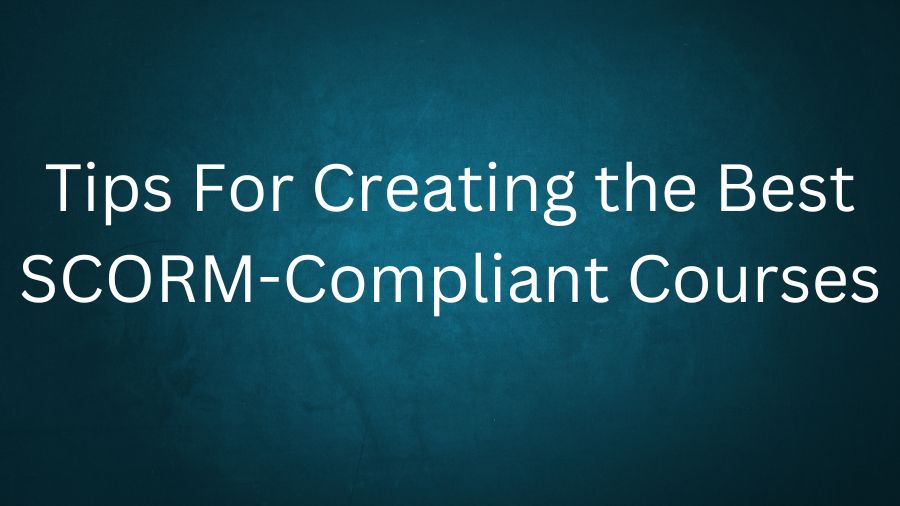You have undoubtedly come across the phrase “SCORM” in your search for resources on developing SCORM content courses for your learners. It’s an international eLearning course standard for the Shareable Content Object Reference Model. Your course will be compatible with all LMSs if you publish it in the SCORM format (LMS). If you ever decide to switch learning management systems, you can move them across if they are SCORM compliant. In this article, we will discuss some useful tips or suggestions for developing SCORM courses.
Identify the ideal SCORM package by doing the following:
The most up-to-date authoring tools enable highly sophisticated content integrations while adhering to the SCORM standard. Some have used gamification, which allows them to monitor and report who has examined the information, practiced the learning simulations, and how many times they have finished a session. Helping you assess the return on investment (ROI) of your training activities can be accomplished. The information can then be used to measure learners’ participation levels, strengths, and weaknesses. Determine the important capabilities to select an authoring suite that caters to those requirements.
Go with a SaaS model if you are just getting started; this will make you future-proof:
Spend less money while maintaining SCORM compliance. The cost of traditional authoring tools is high compared to SaaS-based ones. They frequently offer reusable templates and only offer features required to share knowledge. Only a few SaaS authoring tools can make it possible for anyone to create SCORM-compliant courses, even if they have yet to gain prior experience with eLearning or instructing. Future-proofing can also be achieved using SaaS writing tools, which provide less functionality but permit expansion into a Learning Management System if needed.
Make an online version of your instructions using HTML:
All learning resources published to a learning management system (LMS) should be viewable through a web browser. Therefore, the course should be structured as a collection of HTML pages before converting it into a SCORM package. Ensure that all the HTML pages’ text and media can be accessed and played within the framework.
Make a web-based version of your lecture notes:
Your course materials must be web-based if you use a learning management system (LMS). As a result, your course will need to be laid out like a website’s pages in HTML before it can be converted into a SCORM package. You’ll also need to ensure that all of the HTML pages’ text and media are properly linked so they may be viewed on the platform in question. This may not look very easy if you’re not the technologically-inclined type. Using an authoring tool is the most efficient method for creating eLearning content in this scenario. The following is, nevertheless, one of the simplest ways to manually generate an HTML version of your course. You can get the HTML version of your course’s structure by going to File > Download > Web Page in Google Docs.
Content and success criterion development:
Start constructing the course material, complete with authoring tool integration. Choose reliable indicators of success: will learners be judged successful based on their level of participation, their performance on tests and simulations, their ability to retain, or some quantifiable measure of their increased productivity or efficiency? Establish the criteria that must be met early for the training to be successful, and incorporate the means of measuring, tracking, and reporting such criteria into the training itself.
Conclusion
The first step in producing interoperable material that can be utilized and reused without additional time or resource investment is to ensure that your development tools are SCORM-compliant. The developer has several advantages in developing a program that complies with the SCORM standards. The main benefit is that content developed to these standards is practically plug-and-play on any SCORM LMS, allowing information to be smoothly incorporated in various situations.







Add Comment